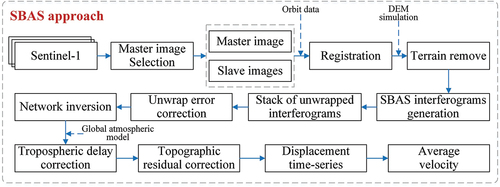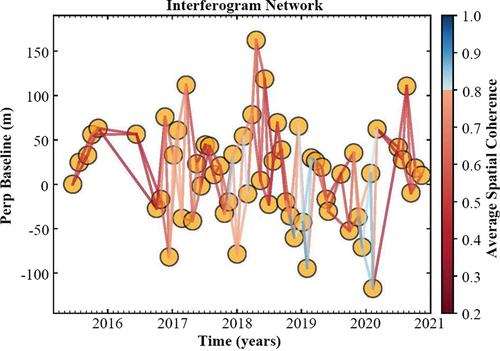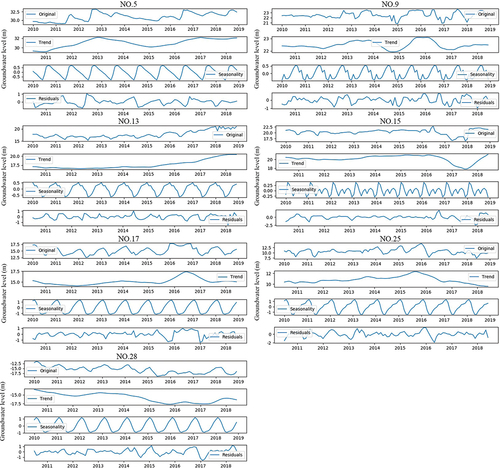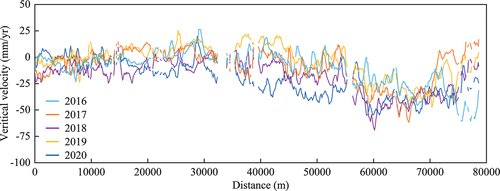Figures & data
Table 1. Summary of relevant studies on the effects of the SNWD on land subsidence in Beijing.
Figure 1. Description of the study area. (a) The coverage of the synthetic aperture radar (SAR) datasets and the position of the south-to-north water diversion project middle route (SNWD-MR) are displayed in the upper left panel. The positions of the monitoring wells and levelling benchmarks are displayed in the upper right panel. (b) Lithological distribution along the Beijing section of the Yongding River (YDR) (revised after (Cao et al. Citation2022)). The aquifer system can be divided into zone a (single layer of sand and gravel), zone B (multiple layers of sand and gravel and a few sand layers), zone C (multiple layers of sand and a few gravel layers), and zone D (multiple layers of sand).
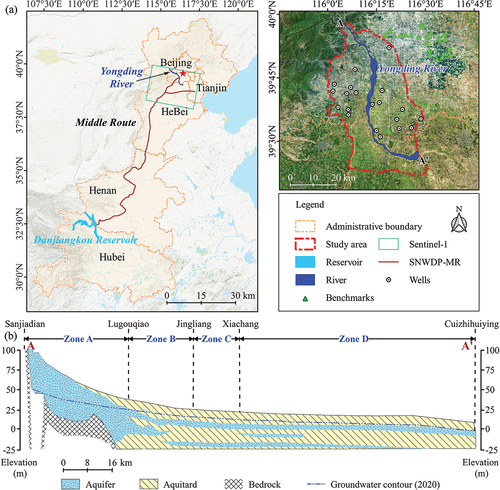
Table 2. Characteristics of the SAR images used in this study.
Figure 4. (a) The vertical displacement velocity map along the YDR derived from the S1A/B datasets is computed using the small baseline subset (SBAS) technique, where negative values indicate subsidence and positive values indicate uplift., (b) the histogram of the mean displacement rate., and (c) the statistics of various subsidence velocities at slowly decorrelating filtered phase (SDFP) points are presented.
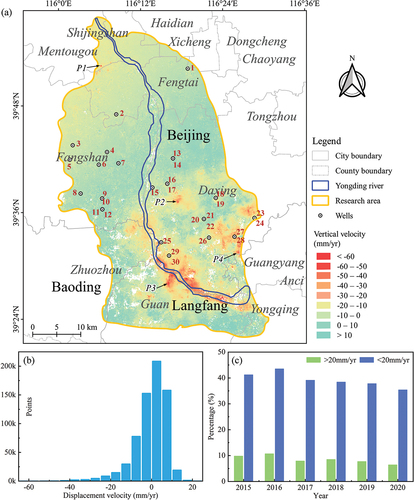
Figure 5. Accumulative time-series deformation revealed by the InSAR technique, which highlights selected points in , is shown.
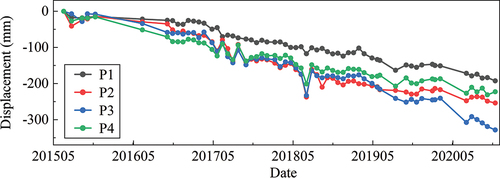
Figure 6. Cross-comparison between interferometric synthetic aperture radar (InSAR) measurements and levelling data.
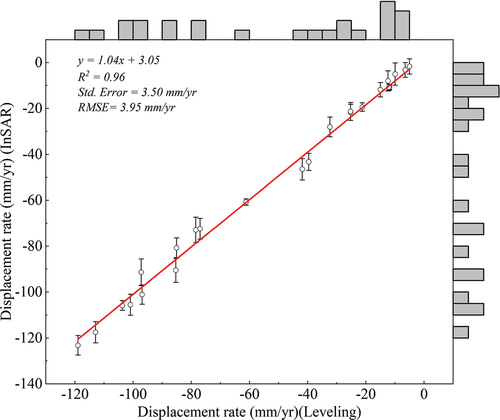
Figure 7. Annual precipitation anomalies and water resource information for the Beijing plain from 1999 to 2020.
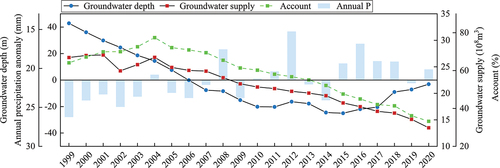
Figure 8. (a) Distribution of monthly groundwater level changes in 31 wells from 2010 to 2014 and from 2015 to 2018. (b) The change in groundwater levels in 2018 compared to 2014.
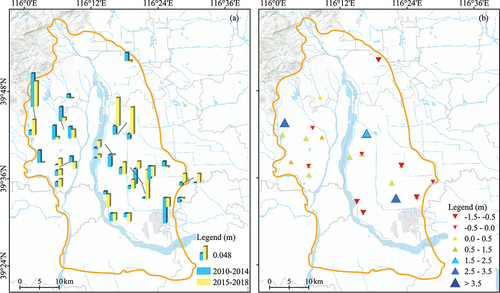
Figure 10. Profiles of the InSAR vertical subsidence time series (June 2015 to November 2020) marked by a blue dashed line in the upper left corner.

Figure 12. (a) Annual subsidence slope and (b) accumulative subsidence slope along YDR obtained from InSAR measurements (2015–2020).
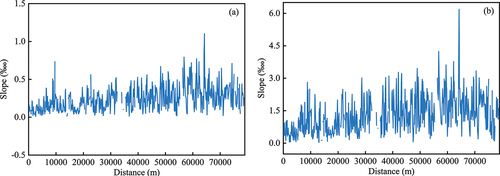
Figure 13. The groundwater level changes, and ground displacement retrieved from the InSAR technique at the monitoring wells (the locations are shown in ).
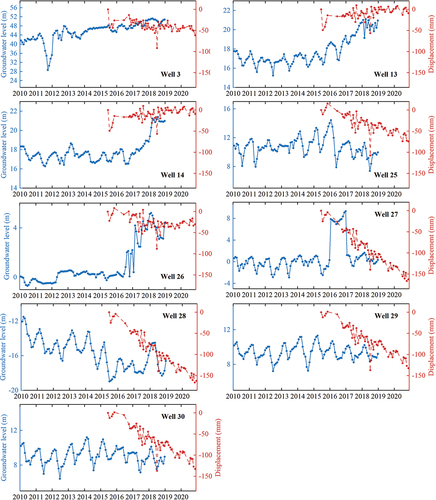
Table 3. The lag period (month) of the LS response to changes in groundwater levels in the groundwater observation wells (part).
Supplement materials.docx
Download MS Word (4.1 MB)Data availability statement
Upon reasonable request, the corresponding author can provide the data that support the study’s conclusions.

